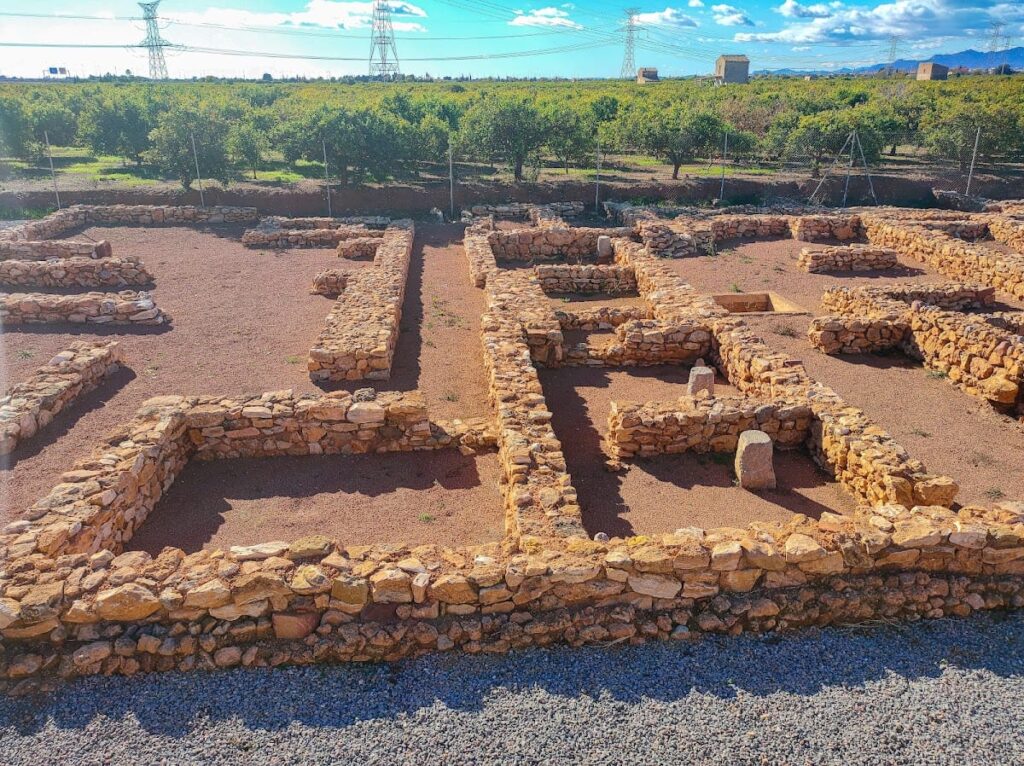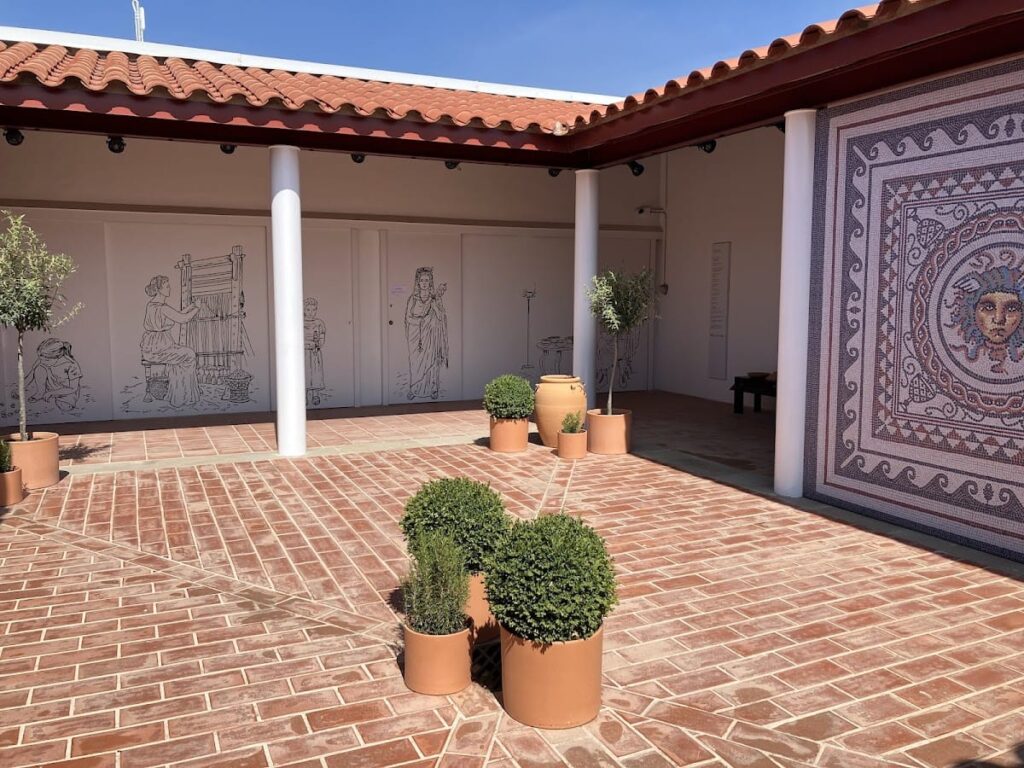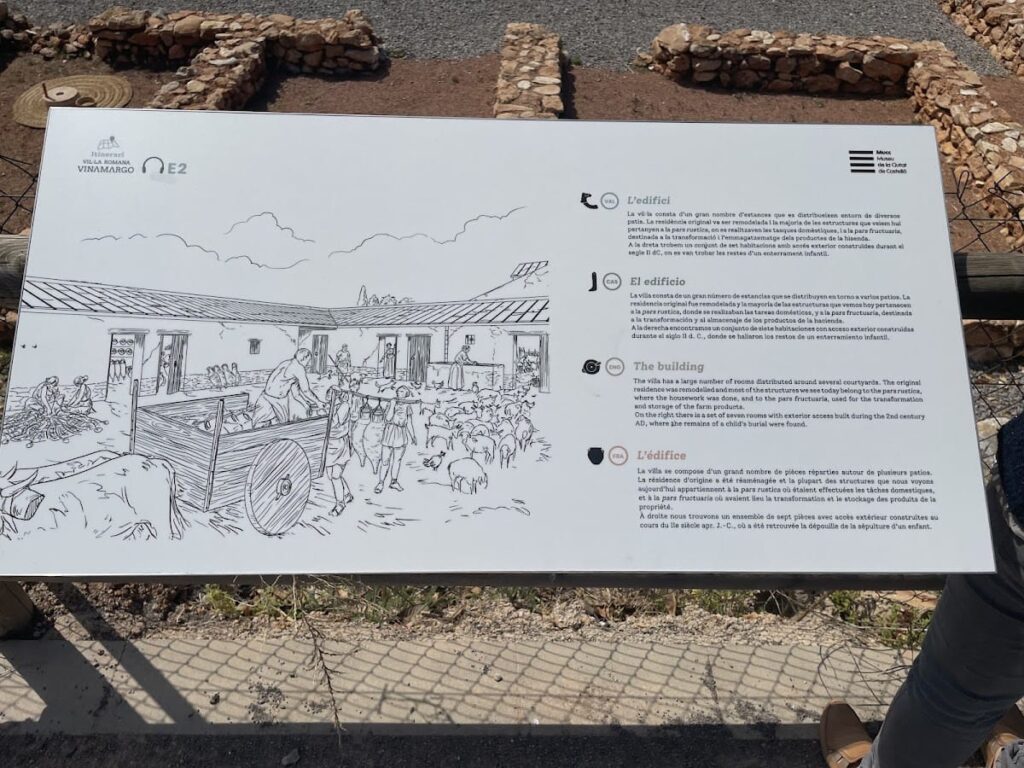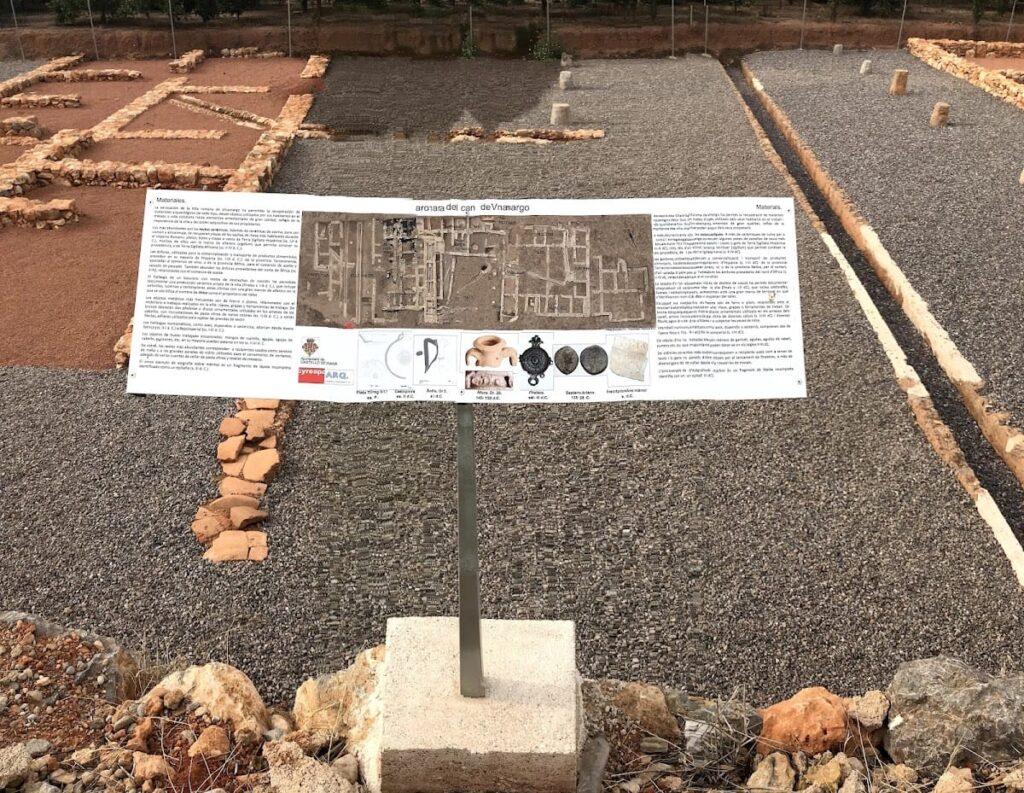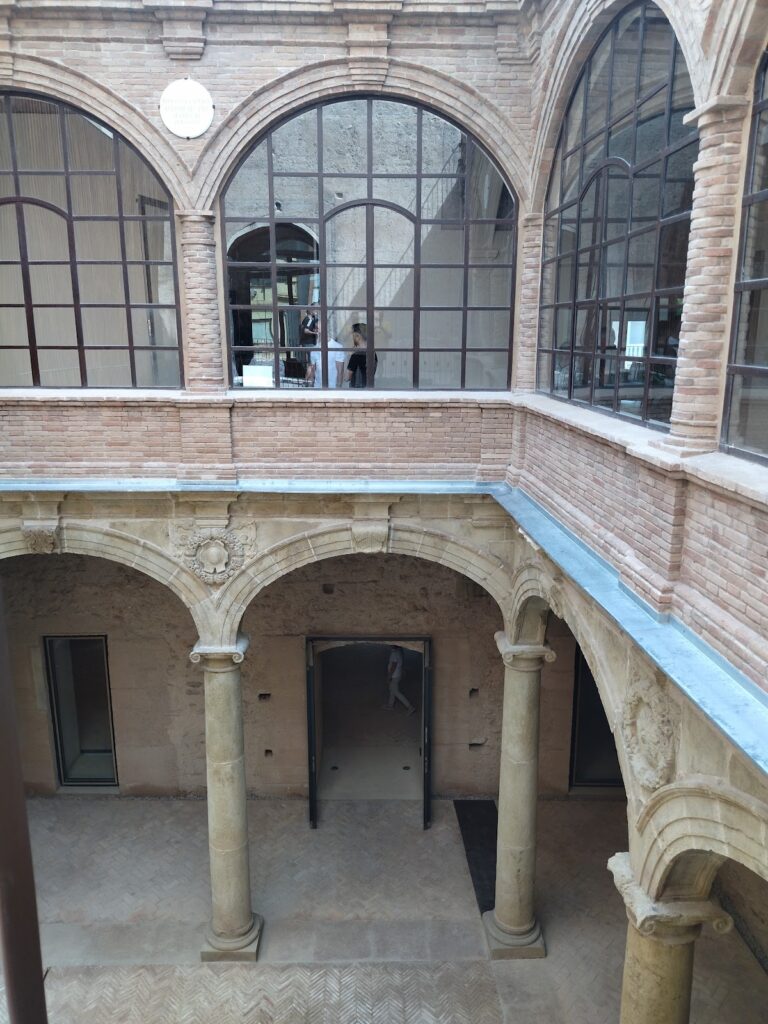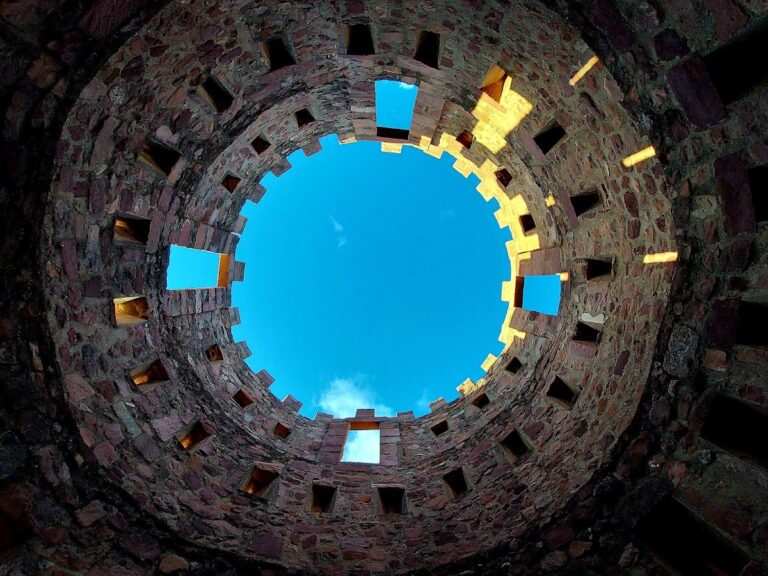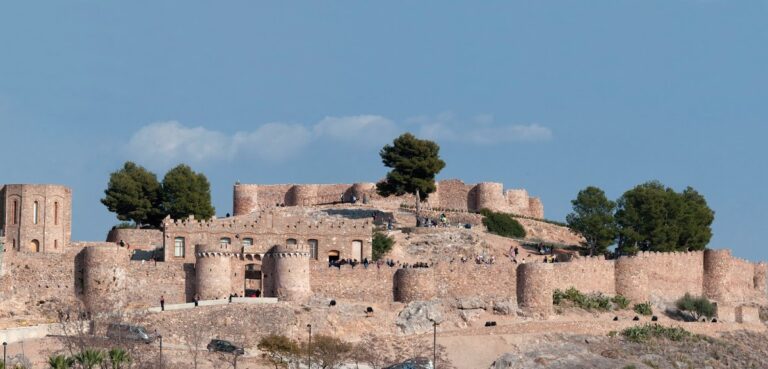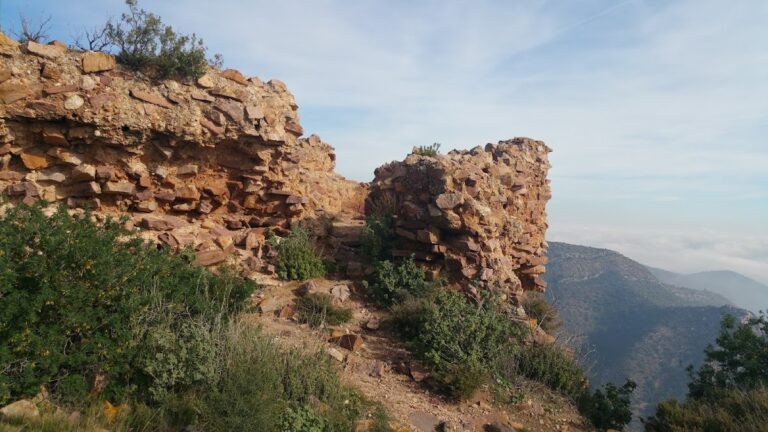Villa Romana de Vinamargo: A Roman Estate near Castellón, Spain
Visitor Information
Google Rating: 4.4
Popularity: Low
Google Maps: View on Google Maps
Official Website: www.castellonarqueologico.es
Country: Spain
Civilization: Roman
Remains: Domestic
History
The Villa Romana de Vinamargo is situated near Castellón de la Plana, in the province of Castellón, Spain, close to the Mediterranean coast. This Roman estate was established during the Roman Empire, reflecting the presence and influence of Roman civilization in this part of the Iberian Peninsula.
The villa’s initial construction dates back to the mid-1st or early 2nd century AD. This period marks the establishment of the estate as a rural residence or agricultural center, typical of Roman villas in the region.
During the 3rd and 4th centuries AD, the villa underwent reforms and expansions. These changes included enlarging the living spaces and adding facilities such as thermal baths. The modifications suggest the villa remained an important local estate well into late antiquity.
In modern times, the site was discovered between 2009 and 2012 during canalization works near the Barranco de Fraga. Ownership transferred to the Castellón City Council in 2010, which took measures to protect the villa by diverting construction works in 2011.
Remains
The Villa Romana de Vinamargo covers an excavated area of approximately 3,000 square meters, making it the largest Roman site documented in Castellón province. The villa is arranged around three main courtyards, each surrounded by various rooms serving different functions. Construction combines masonry foundations with walls made of rammed earth, known as tapial, and roofs covered with Roman tiles called tegulae and imbrices.
The central courtyard contains a complex of thermal baths, including a frigidarium (cold room), a caldarium (hot room) with remains of an underfloor heating system called a hypocaust, and a furnace used to heat the baths. Other rooms in this area may have served as a tepidarium (warm room) and a natatio (swimming pool). Latrine remains are also present, indicating sanitation facilities. In the southwest corner, a square basin and two large storage jars called dolia were found, linked to ceramic production on site.
The western courtyard was initially enclosed by a wall but later expanded westward, adding about 15 rooms of various sizes. These spaces likely functioned as storerooms, stables, or living quarters, reflecting the villa’s growth and changing needs over time. The oldest courtyard features an impluvium, a basin designed to collect rainwater, surrounded by several rooms whose original purpose is unclear due to later alterations.
Archaeological finds include a variety of ceramics, such as transport amphorae from the Tarraconensis province and Baetica, as well as African amphora fragments dating from the 2nd to 4th centuries AD. Fine tableware like plates, bowls, cups, and Hispano-Roman terra sigillata (a type of decorated pottery) were also recovered. Notably, locally made ceramics with manufacturing flaws were found, including small amphorae, oil lamps, and canteens stamped with the potter Ático’s seal, confirming on-site pottery production.
Additional artifacts include coins ranging from the 2nd–1st centuries BC to the 1st–3rd centuries AD, bronze fibulae (brooches) used in horse harnesses, and worked bone objects dating to the 2nd and 3rd centuries AD. The remains are preserved in situ, with some walls reconstructed and drainage installed during recent conservation efforts.
